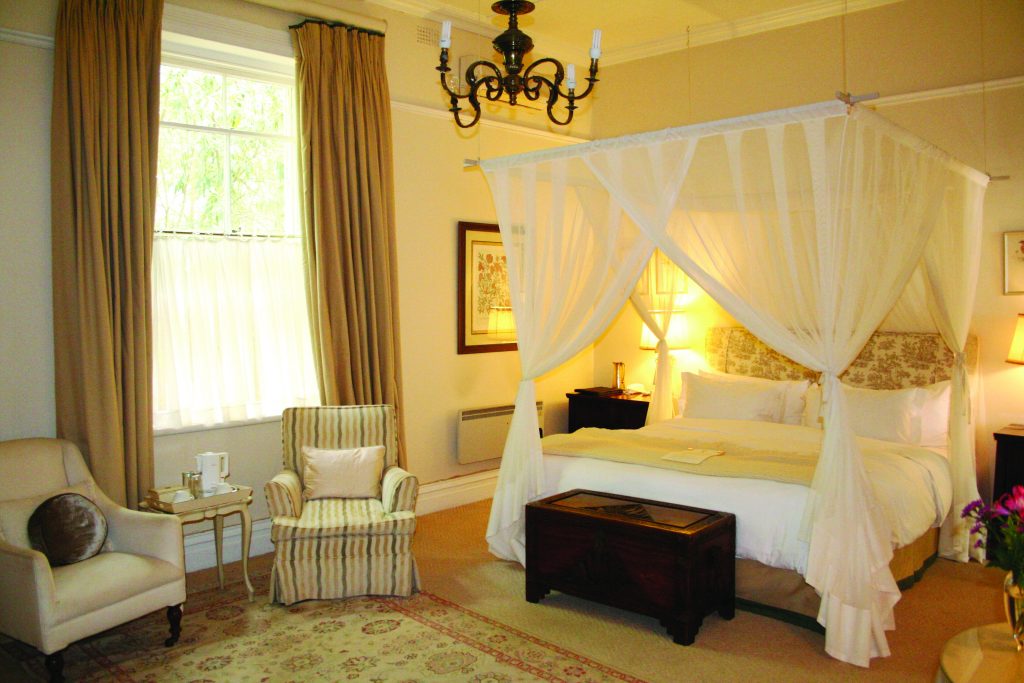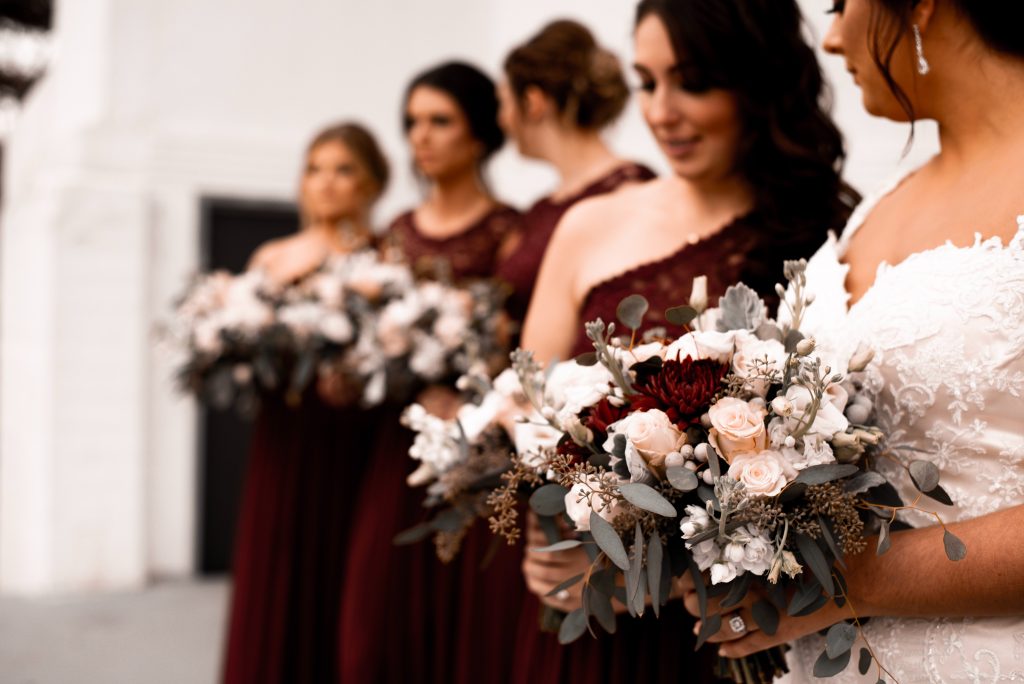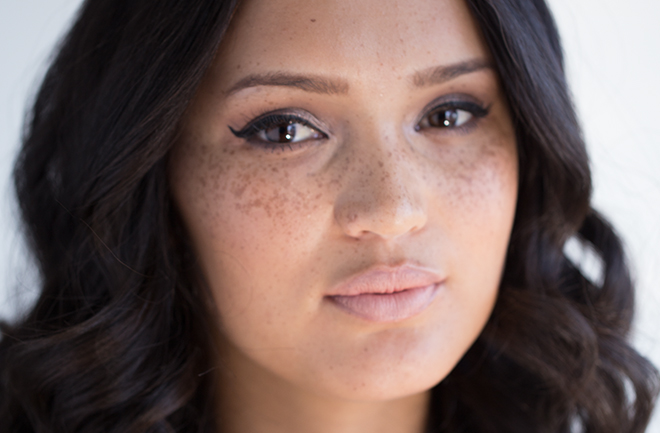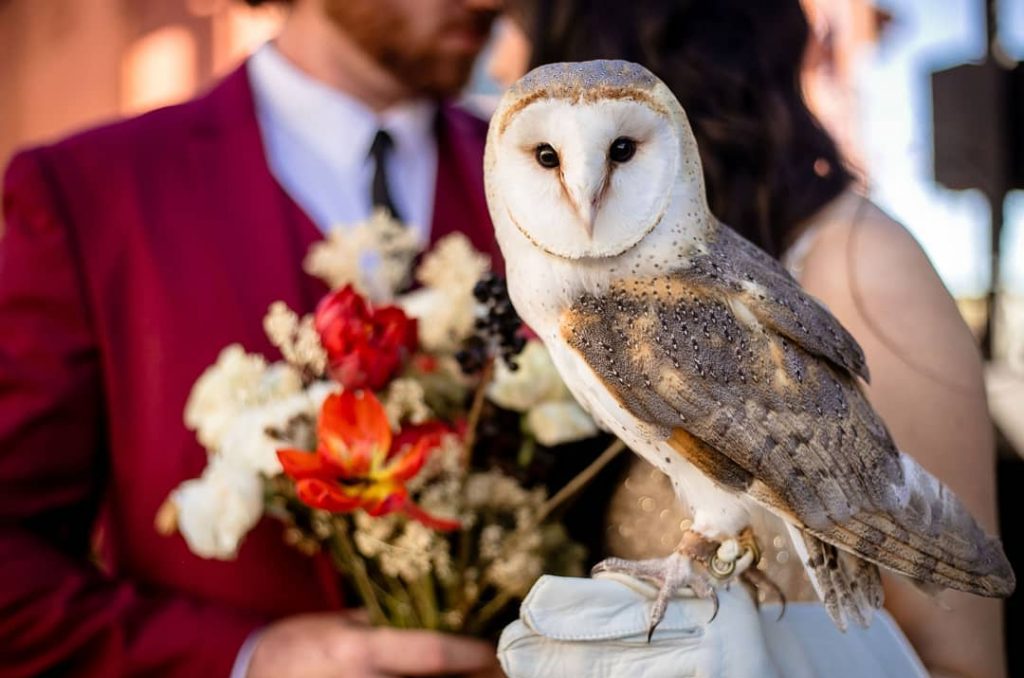For three generations, the Sonnenberg family have been creating Diemersfontein moments on this iconic estate in Wellington. What started as a family retreat is today the home of the world-class Diemersfontein range of wines, countryside hospitality, backed by a story of upliftment and empowerment.
The family’s association and passion for the arts started with the delightful strains of opera singing that would drift up from the cottages housing Italian prisoners during the second world war. Stories of an iconic family, unparalleled terroir, the ‘accidental’ birth of an iconic South African wine, a brand bestowed with illustrious accolades and true transformation in the wine industry will be part of your journey in creating your own Diemersfontein moment.
We are giving one lucky reader the chance to win a one-night stay (bed and breakfast) and wine tasting at Diemersfontein Wine & Country Estate for you and your partner, to the value of R3 500!
Prize details: one lucky reader will win a one-night stay (bed and breakfast) and wine tasting at Diemersfontein Wine & Country Estate for two
How to enter: Fill in the form below.
Competition ends: March 31, 2020.
– The winners will be announced on April 3, 2020 at 12pm
– Prizes are not refundable and cannot be exchanged for money
– Winners who do not respond to Wedding Etc within 7 days will forfeit the prize
For more on Diemersfontein Wine & Country Estate, visit their website.
Image: Supplied
Much-loved Cape Town radio host and tv presenter, Mishka Patel, recently tied the knot to long time partner Donovan Loesch in an intimate ceremony in Stellenbosch. Mishka, who…
If you’re planning a glamorous affair, you’ll want your bridesmaids to look the part. Complete the look with bridesmaid dresses full of wow-factor.
Regardless of your colour scheme, some well placed sequins and fancy fabrics will provide the ultimate sophistication. Your best girls will be feeling fancy with full-length gowns made of luxurious fabric like silk, satin and velvet. Or go full-glitz with sequins, embellishment or tulle.
Here are some ideas to inspire you:
https://www.instagram.com/p/B6JHicqHYRg/?utm_source=ig_web_copy_link
https://www.instagram.com/p/B7v_uownpf7/?utm_source=ig_web_copy_link
https://www.instagram.com/p/B4v6LqqHkFD/?utm_source=ig_web_copy_link
https://www.instagram.com/p/B5RE6FRF-41/?utm_source=ig_web_copy_link
https://www.instagram.com/p/B7HTu-Epw_n/?utm_source=ig_web_copy_link
https://www.instagram.com/p/B6tEa_VhHem/?utm_source=ig_web_copy_link
https://www.instagram.com/p/B5OcRdnlFQD/?utm_source=ig_web_copy_link
https://www.instagram.com/p/B7CYF4tnDzT/?utm_source=ig_web_copy_link
https://www.instagram.com/p/B6mvJmrARss/?utm_source=ig_web_copy_link
https://www.instagram.com/p/B5V2xPPKEbL/?utm_source=ig_web_copy_link
Feature image: Unsplash
Sometimes, a girl’s gotta do what a girl’s gotta do. After a 6-year long engagement, this Canadian bride decided to take matters into her own hands and surprise…
Whether you’re a super low-maintenance gal or simply want to cut costs by doing your own bridal make-up on your wedding day, these three easy-to-create looks using RED DOT Cosmetics will ensure you don’t go barefaced.
Watch the full video below then scroll down for the full list of products we’ve used. Bonus: Enter our competition to win a RED DOT Cosmetics product hamper worth R675 here.
Makeup products used in the video above:
Look 1
Cosmetics Forever Eyeshadow in 11 Dark Brown
Cosmetics Forever Eyeshadow in 10 Twisted Brown
Cosmetics Forever Eyeshadow in 09 Nougat
Cosmetics Forever Eyeshadow in 02 Beige
Cosmetics Catchy Eyes Mascara
Cosmetics Velvet Touch Lipstick in 009 Matt Sweetness
Look 2
Cosmetics Forever Eyeshadow in 10 Twisted Brown
Cosmetics Forever Eyeshadow in 11 Dark Brown
Cosmetics Forever Eyeshadow in 12 Dark Grey
Cosmetics Forever Eyeshadow in 05 Grey
Cosmetics Forever Eyeshadow in 06 Plum
Cosmetics Catchy Eyes Mascara
Cosmetics Velvet Touch Lipstick in 159 Boheme
Look 3
Cosmetics Forever Eyeshadow in 02 Beige
Cosmetics Forever Eyeshadow in 11 Dark Brown
Cosmetics Giant Pro Liner
Cosmetics Catchy Eyes Mascara
Your wedding day is considered the happiest day of your life, so why not spend it in a place you love? Churches, beaches and gardens are popular wedding…
This is one wedding theme that’s sure to charm you. Carissa Rumps of Wild Rumpus Photography worked with a host of talented photographers and vendors to create a styled wedding photoshoot bringing the magical world of Harry Potter to life. From a real-life Hedwig to a Butterbeer cocktail, we solemnly swear that you will love it.
The whimsical shoot is an ode to a childhood favourite much loved by many. Potter-heads will recognise various references like a look-alike Hogwarts Express train, a sorting hat-esque cake, a live owl and of course, a Griffindor inspired colour scheme of reds and golds. Take a look at these stunning shots.

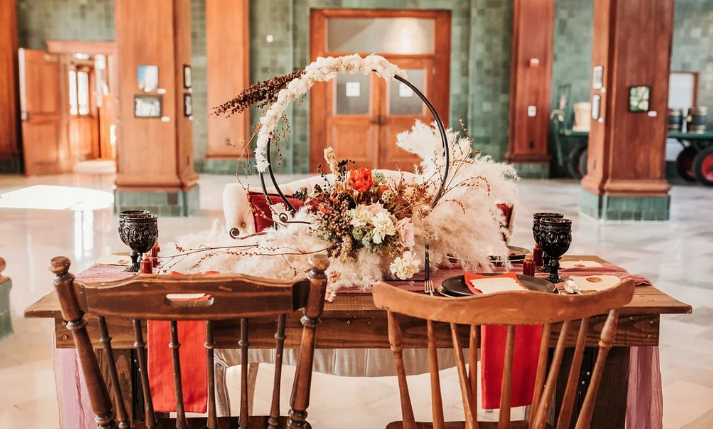
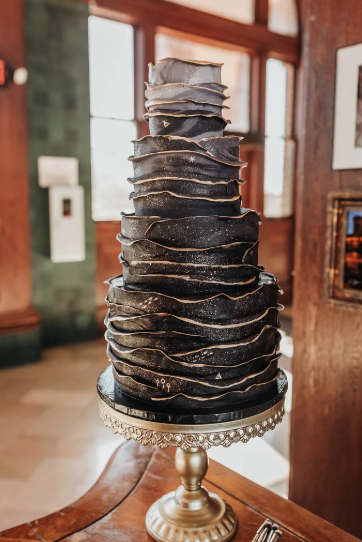
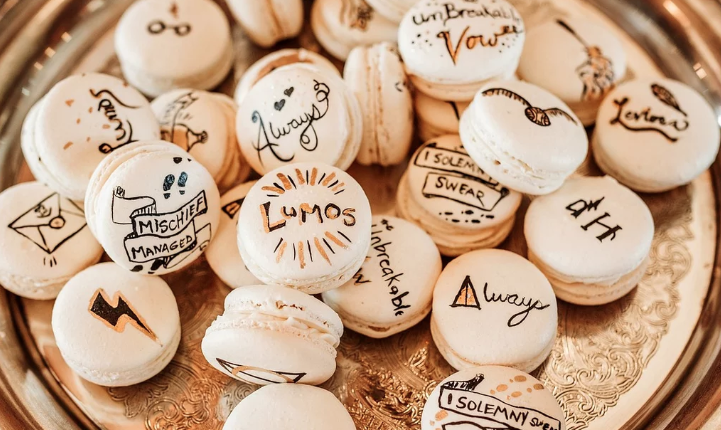
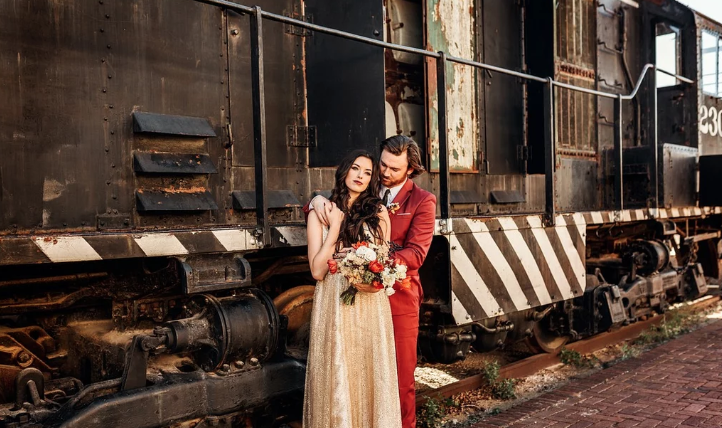
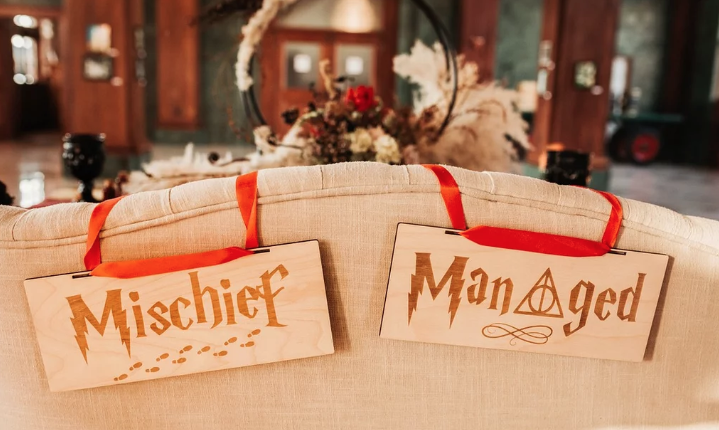
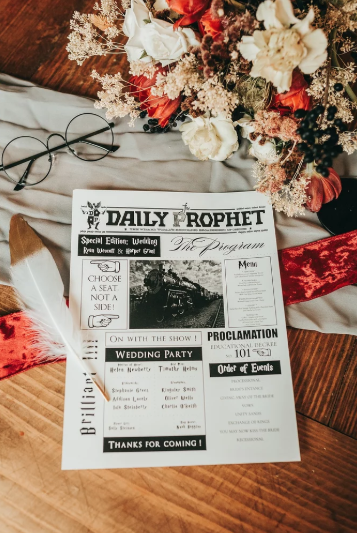
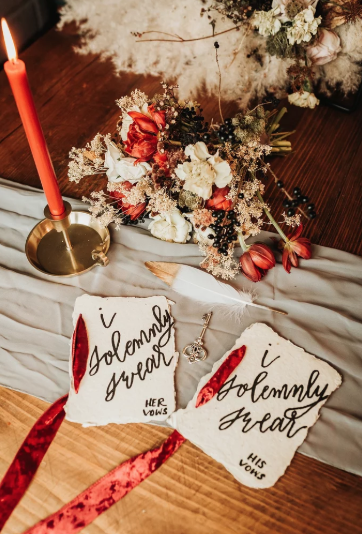
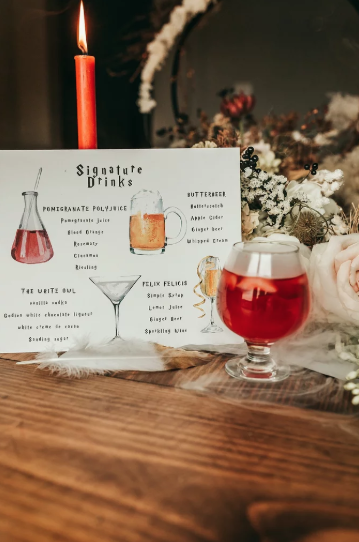
Images from vendors: Wild Rumpus Collective, Crystal Vision Events, Liza Spurlock Photography, Write This Way Calligraphy.
Feature image: Instagram / Crystal Vision events

